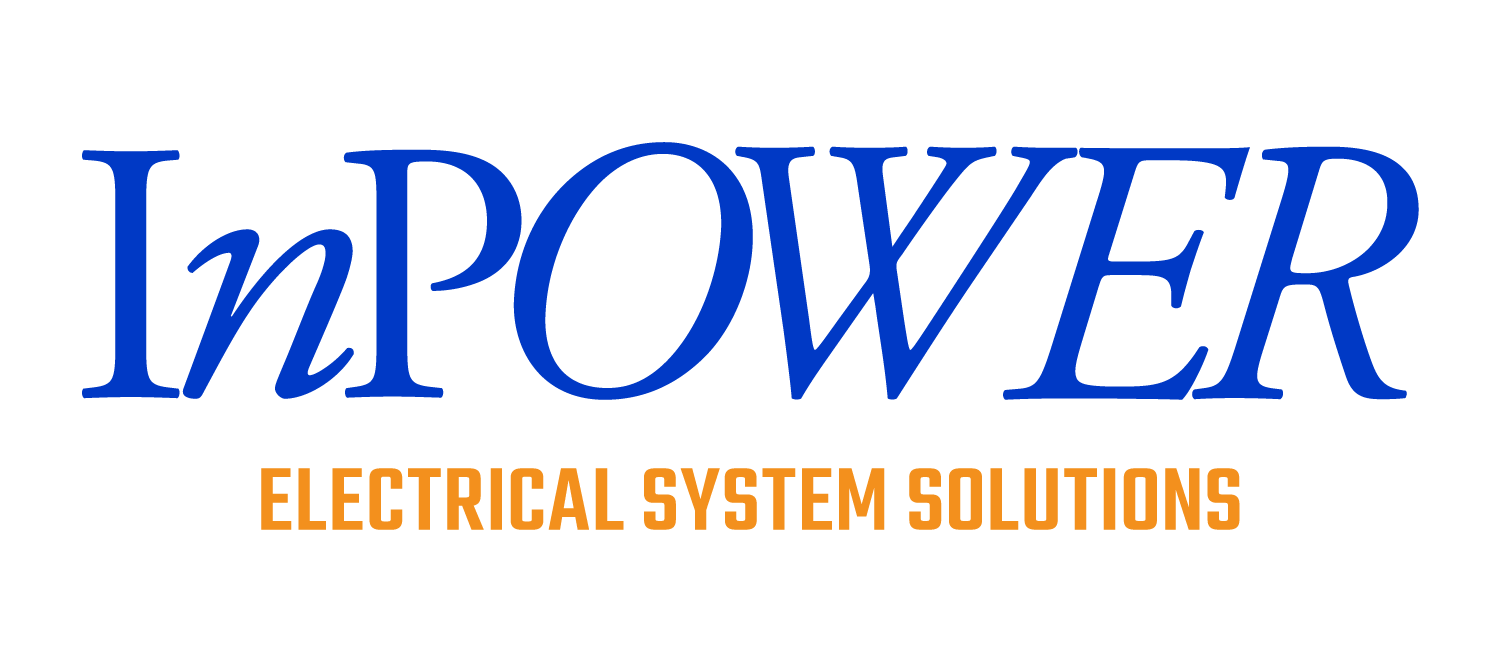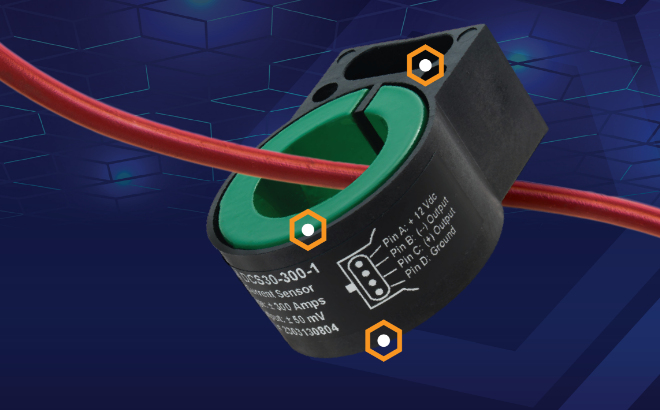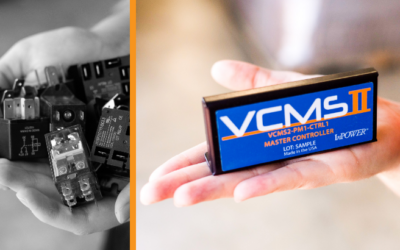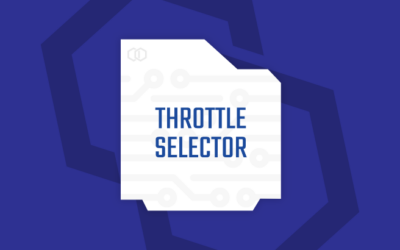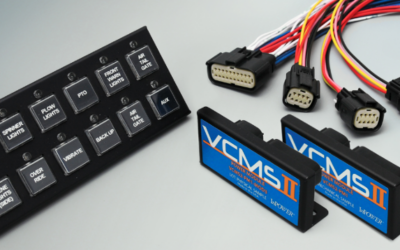Did you know that InPower’s DCS30 and DCS35 current sensors are the oldest products in our catalog? First introduced in 2004, and still going strong today, the DCS sensor lineup is–dare we say–venerable. And for good reason. The DCS sensors are durable, accurate, and predictable, and do a job that has always needed doing.
Of course, most people don’t think about actively monitoring current flow as a general rule–unless your dad was the type who went around shutting off lights and checking how fast the meter was spinning. Usually, we don’t need to–the equipment we use may not be taxing our systems so hard that we have to watch it. Sure, we might get a dead battery sometimes, but we can just restart the engine or the generator and just fix the issue after the fact.
But what about when you’re already running your engine, or your generator, and your battery is still discharging? Would you be aware? Would you know how quickly you were losing energy? You could end up with a dead battery and no way to recharge it. Or maybe you’re running an energy system at a fixed installation, and the loads are exceeding your system’s ability to keep up–would you know when to start shedding less-critical loads? Low-voltage disconnects can help with automatic load-shedding, but sometimes they can kick in too late, or may not be connected to whatever is discharging your circuit.
What about times when your system is charging–do you know how much current your system is outputting? Do you know how much overhead you have versus what you actually need?
These are all situations where active current monitoring can help–especially when paired with active voltage monitoring. InPower’s DCS sensors are available in a variety of configurations and amperage ranges, in order to suit a wide variety of applications. Our DCS30 sensors will give a traditional +/- milli-amp signal to drive conventional ammeters for simple applications where you just need a gauge, while our DCS35 sensors output their signals as voltage ranges that can be read as inputs into other systems, or tied to our DSP-DCS panel-mounted Voltmeter/Ammeter devices.
Our sensors can be configured as bi-directional (giving outputs for when current is flowing in either direction), or uni-directional. And they can be calibrated from ranges of +/- 100 amps, all the way up to +/- 1000 amps. Their low hysteresis design allows them to rapidly respond to sudden changes in current direction and amperage, and their rugged design means then can be installed in unfriendly and exposed environments–unlike current shunts, which are prone to corrosion, damage, or shorts if unprotected.
InPower also makes specialty sensors for other unique applications.
Our DCS30 and DCS35 sensors are 20 years young and still doing a job that you might not often think about, but one that needs to be done!
Call or email us to learn more or check out our DCS Current Sensors online.
